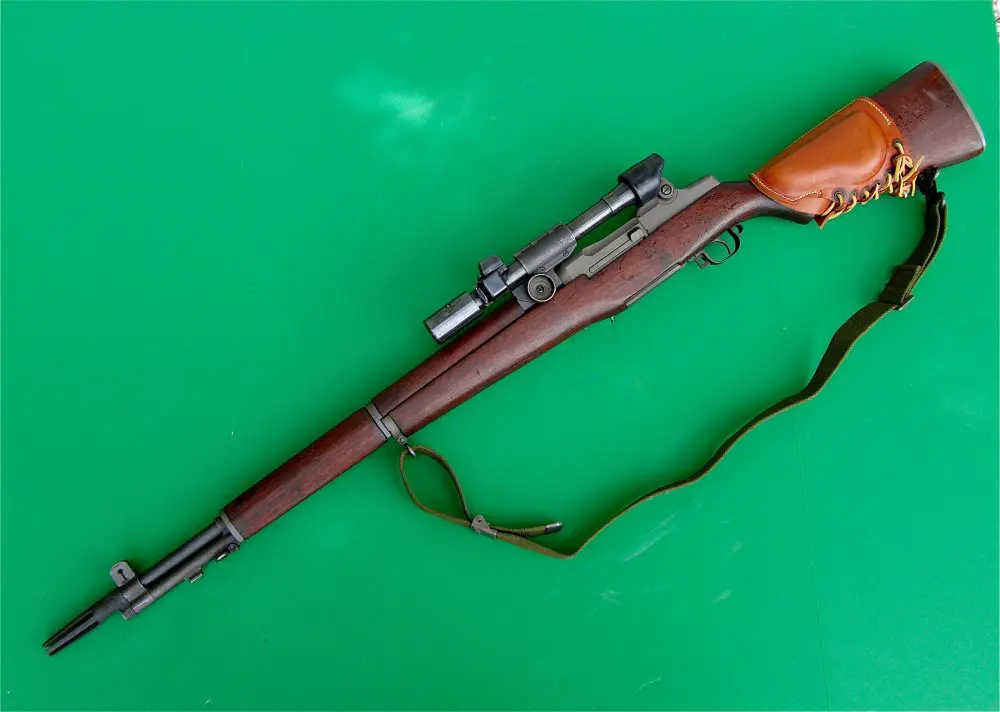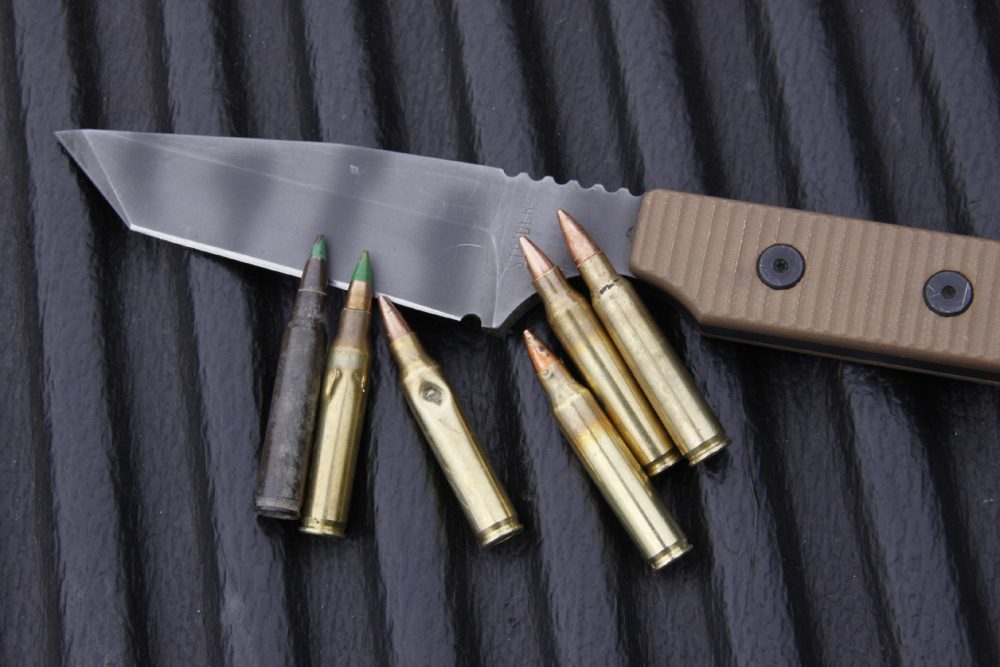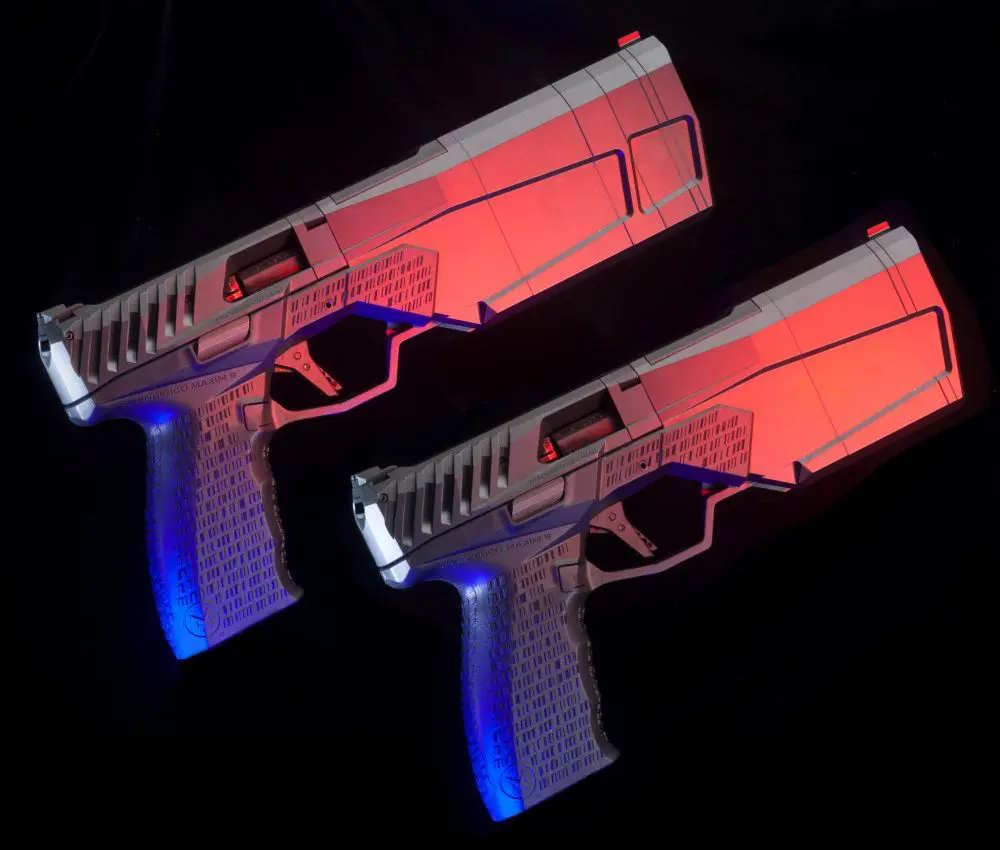Considering that firearms have been around in one form or another for going on 700 years, the improvements seen in the last few decades—time wise, basically a drop in the bucket—are remarkable. Even the venerable 1911 pistol is a relative newcomer, having been around for “only” 104 years (the 1911 is a refinement of John Moses Browning’s Model 1905, the first pistol to use the .45 ACP cartridge).
Manufacturers and inventors continue to try to come up with the proverbial better mousetrap, and I for one am grateful for their endeavors.
The flip side of the coin is those entrepreneurs who really don’t have a clue as to what is truly needed. Here are but two examples:
As I was walking the aisles at the SHOT Show a couple of years ago, an exhibitor, seeing my S.W.A.T. Magazine badge, literally grabbed my arm and said, “You have to see my new flashlight!” Examining the light, I noticed small bumps fore and aft of the sliding on/off switch located on the barrel of the device. “What are these for?” I asked. The man proudly proclaimed, “That’s ‘on’ and ‘off’ in Braille so if a blind person needs their tactical light, they’ll know which way to push the switch!” If I’m lying, I’m dying. I’m contemplating making electronic ears with the on/off switches marked in Braille and also have built-in, totally black eye protection to take to the show next year. I’m thinking of calling it the S.W.A.T. Helen Keller Signature Edition…
Then there was the young man who showed me his hollow spiked bayonet replete with reverse, fishhook-type barbs that would fit onto an AR. He told me that it was best used with his special sling, which had maybe 20 different buckles and sliders on it and took him no less than five minutes to “sling up.”
“The idea is to sneak up to a bad guy’s car and deflate the tires with the bayonet. Because of the barbs, the bayonet will not come out of the tire.” When I asked him what he would do if the bad guy simply drove away—flat or no flat and with him now attached to the car—he got a look on his face as if I’d told him his dog had died.
Both of the above individuals had obviously put a lot of time, money and sweat equity into their products, and you have to applaud their efforts. The one ingredient that was lacking in both products, however, was logical thought about the intended end user and tactics.
If you have a new product, I’ll be happy to have a look at it and give it a fair shake—and I hope you make a million bucks if it has practical applications. But keep in mind that what you’ll get from us here at S.W.A.T. is an honest evaluation, so if you can’t handle the truth, don’t send that package.
Until next time, stay low and watch your back.
Denny Hansen






